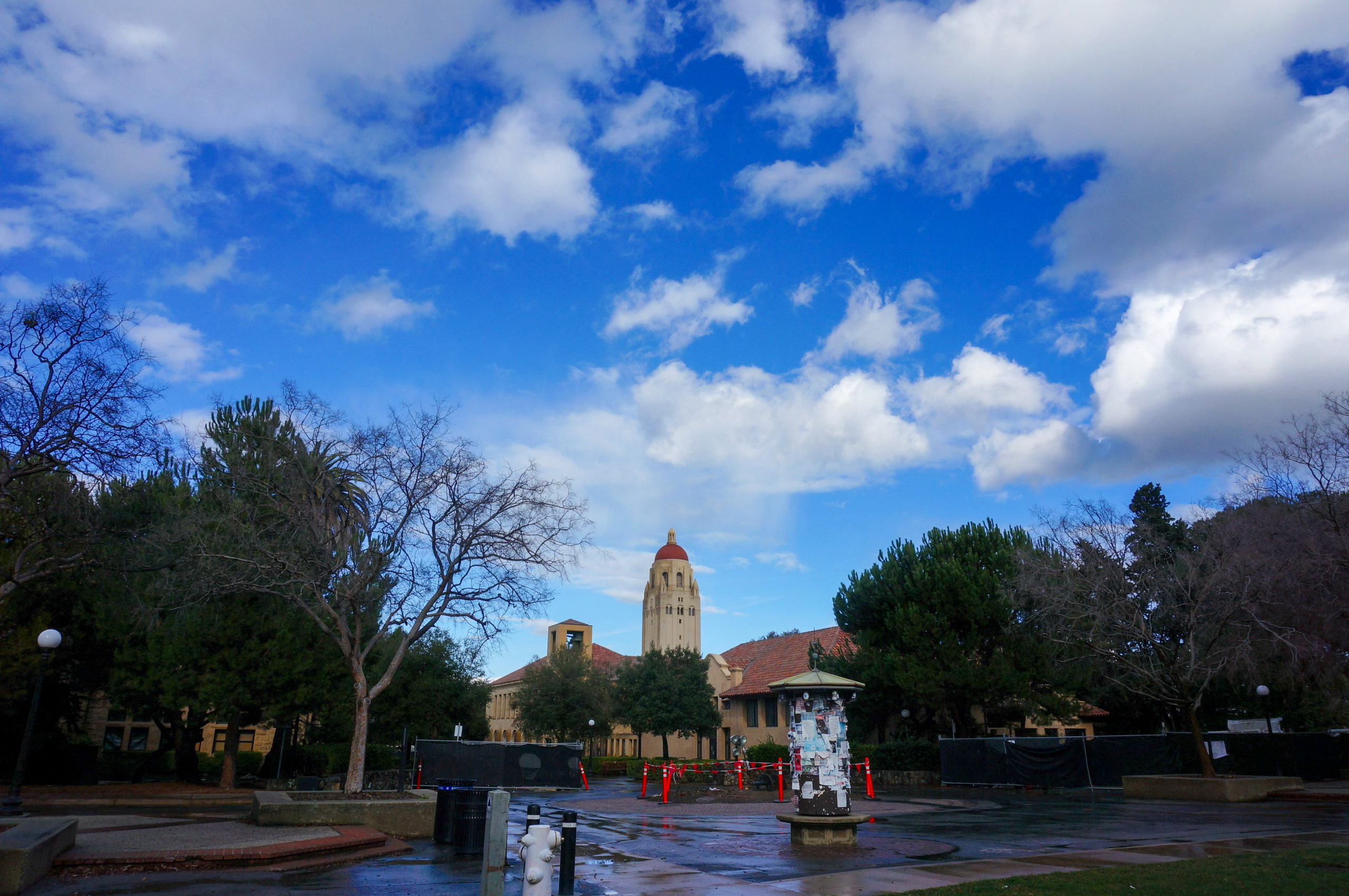Students will begin winter quarter with two weeks of online instruction before transitioning to in-person classes on Jan. 18, the University announced in an email Thursday morning. Though students will still be allowed to return to campus as scheduled anytime on or after Jan. 1, the University will require non-exempt, eligible students to show documentation of receiving a COVID-19 vaccine booster by Jan. 31. Here’s what students, faculty and staff should know about the policy changes and how to remain compliant:
Why are the first two weeks of winter quarter instruction online?
Amid rising COVID-19 cases and the increasing prevalence of the Omicron variant, the University wrote that it is hoping to give instructors and students time to receive a booster shot, mitigate a potential COVID-19 outbreak and accommodate students who do test positive upon their return to campus. Though the extent of the impact of the Omicron variant during winter quarter is still hard to predict, Stanford announced the change before the University’s winter closure to give instructors time to prepare for two weeks of online instruction.
Though the University did not alter in-person learning arrangements during previous spikes in COVID-19 cases, the Thursday announcement was made as a preventative measure to mitigate a rise, according to the email.
Do off-campus students have to return as soon as residences reopen on Jan. 1?
While the University is not requiring students to return to campus by the initial move-in date, it recommends that students avoid postponing their returns to campus. Returning on time for the start of the quarter will ensure that even if a student tests positive for COVID-19 and must isolate for 10 days, they will be able to continue their coursework during the first two weeks of online instruction. It also allows professors to be notified of cases in their classes before in-person instruction begins. After the two-week remote learning period, any isolation accommodations will have to be coordinated with instructors “at their discretion,” according to the email.
What can I expect after returning to campus?
The move to online instruction until Jan. 18 will not be accompanied by any changes to the University’s COVID-19 testing policies. Stanford will provide newly arriving students with a rapid test and require students to complete two Color COVID-19 tests during their first week back on campus, followed by weekly testing for vaccinated students and twice weekly testing for unvaccinated students. The University will also limit student gatherings for the first two weeks of winter quarter.
So I have to get a COVID-19 vaccine booster shot by Jan. 31. Where can I get one?
Students over the age of 16 who received their second dose of the COVID-19 vaccine more than six months ago are eligible for the COVID-19 vaccine booster in California. Students can schedule their booster appointments through Stanford Health Care, such as the Stanford Health Care Neuroscience Wellness Center, which offer appointment-only vaccinations at its Palo Alto and San Jose locations.
Students can also schedule boosters through Santa Clara County, the California Department of Public Health and local pharmacies.
The University has not yet announced whether University employees will be required to receive the vaccine booster. According to the email, the University plans to provide more information about vaccine booster requirements for employees later during winter break.
What safety precautions will be implemented on campus?
Masking will continue to be required when one is not eating or drinking indoors and in crowded areas. Parties and large gatherings will be prohibited for these first two weeks, with the exception of house meetings and some private residential gatherings.
